Redefining a nature reserve. Dr Adrian Cooper explains how 1,666 little green spaces in Felixstowe will help to boost biodiversity.
Felixstowe’s Community Nature Reserve encourages gardeners and allotment owners to allocate at least three square yards of their land for wildlife-friendly plants, ponds and insect lodges. As a consequence, we are developing a “community nature reserve” composed of many pieces of private land, but between which insects, birds and other wildlife can fly and develop sustainable biodiversity.
In three to five years we hope to have 1,666 people involved, each having allocated their three square yards. The result will be a community nature reserve of 5,000 square yards – the size of a football pitch.
Where did the idea come from?
The original idea behind Felixstowe’s Community Nature Reserve was born out of my frustration with politicians during the 2015 General Election debate. None of them even mentioned the catastrophic decline in bee and other wildlife populations. Clearly, action from local grassroots was needed.
After the election result was announced, I started talking and listening with people from local government, as well as everyday people from the Felixstowe community. In fact, I spent the months until October 2015, listening and learning about what might be possible, and gathering a small team of volunteers.
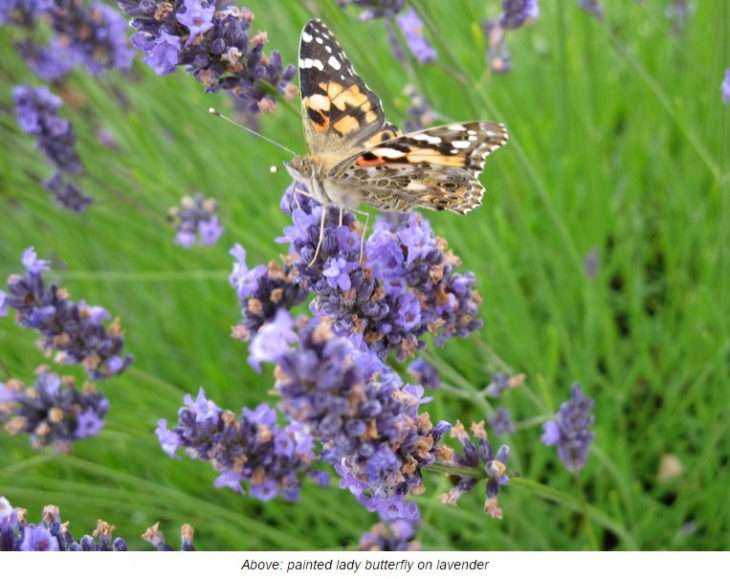
Most people understood that wildlife populations in Felixstowe were falling, and they wanted to help, but they simply didn’t know how.
It also became clear that getting hold of a single plot of land for any kind of nature reserve project in the Felixstowe area would take too long, and would be too complicated.
I therefore decided to make participation in this initiative as simple as possible. First, I redefined what a nature reserve could be. Instead of it being one area of land, I suggested to local people that each of them only had to allocate three square yards of their gardens and/or allotments for wildlife-friendly plants, ponds and insect lodges.
I then proposed an aim for 1,666 people to take part. That combination would give us a total area of 5,000 square yards – the area of a football pitch, an image that everyone could imagine.
Creating a new nature reserve
By the end of October 2015, I was certain that enough local people understood what I was trying to do. So I started a Facebook page with my partner Dawn Holden to advise local people about wildlife-friendly plants. Three times each week, a new plant was advised to our rapidly growing readership. That plant list comprised: rowan, barberry, firethorn, foxgloves, thyme, sunflowers, lavender, honeysuckle, ice plant, buddleia, evening primrose and purple loosestrife. In other words, something for everyone!
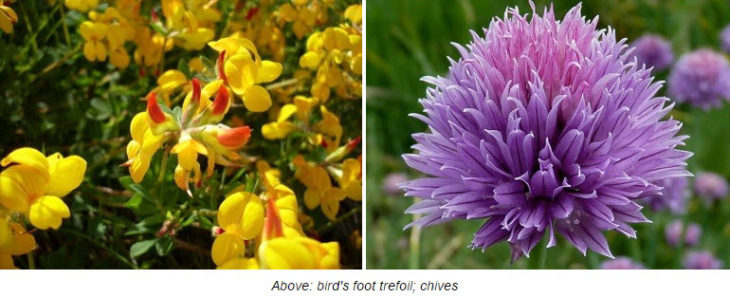
For local people who don’t have access to the internet, I wrote an article for one of our local advertiser magazines. I also did an interview for our local community TV station, as well as BBC Radio Suffolk. One of the volunteers took it upon herself to print off information posters about our work and aims. Those posters ended up on just about every community notice board in Felixstowe! Over the months leading up to Christmas 2015, it was difficult to miss the name of Felixstowe’s Community Nature Reserve! By this time, we had received messages from 92 local people, saying they had bought and planted at least one of the plants we had recommended. We were thrilled with that early take-up of our ideas!
Our work continued by highlighting plants that have berries and other seasonal fruit. Here the plant list was composed of hawthorn, yew, alder buckthorn, elder, berberis, holly, rowan, spindle, dogwood and wild privet.
A growing idea
At the time of writing my original article (October 2016), we’d had 591 messages from local people, telling us that they have bought and planted at least one of the plants we have recommended. But the good news hasn’t stopped there.
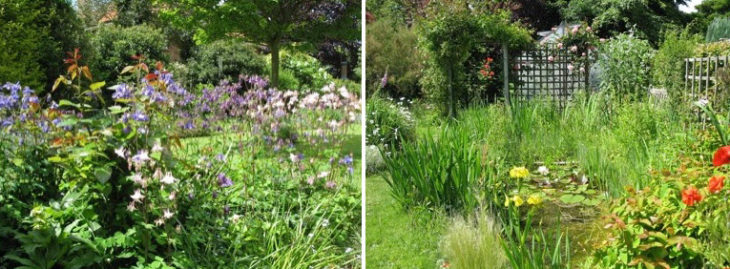
In the Leicestershire villages of Cosby and Burbage, local people decided to copy our model to develop their own community nature reserves – all thanks to the internet, and Facebook in particular! So now, there is the Cosby Community Nature Reserve, and the Burbage Community Nature Reserve. We’ve also had several enquiries from people all over the UK, asking about the details of how we set ourselves up, and how the initiative has developed.
Even window box owners are encouraged to take part! After all, they can grow herbs, crocus, snow drops and much else. So no one is excluded.
The BBC presenter Chris Packham found out about us, again through the internet. Chris’s tweets to his 145,000 twitter followers produced a small avalanche of enquiries about our work and achievements.
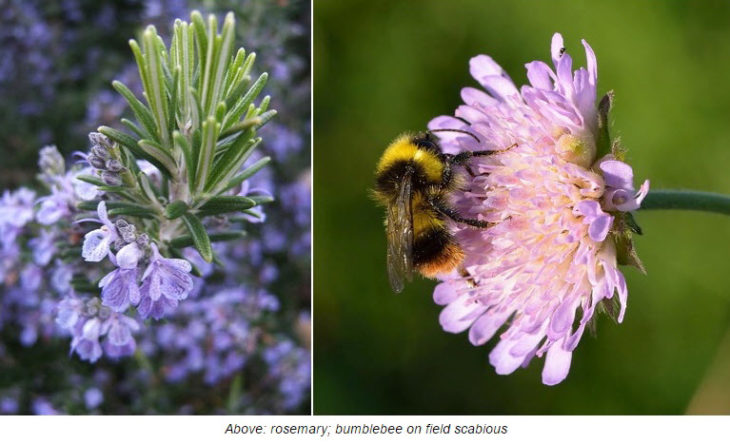
We’ve also started to work alongside Suffolk Wildlife Trust’s Community Projects Officer to help the trust with its grassroots conservation initiatives, but also to raise our profile. Consequently we hope to help Suffolk Wildlife Trust in Felixstowe with the presentation of a swift walk – to raise awareness of falling populations of swifts, and what everyday people can do to help. Later in the year we will also help Suffolk Wildlife Trust to raise awareness of hedgehog populations in the Felixstowe area.
On 30 January 2016, we took part in a Green Forum, organised by the East Suffolk Greenprint Forum and representatives from Suffolk County Council, Suffolk Coastal District Council and Felixstowe Town Council. At that meeting, there was tremendous enthusiasm for our work – not only about our aims, but also the results we have achieved. So, we recruited lots more volunteers.
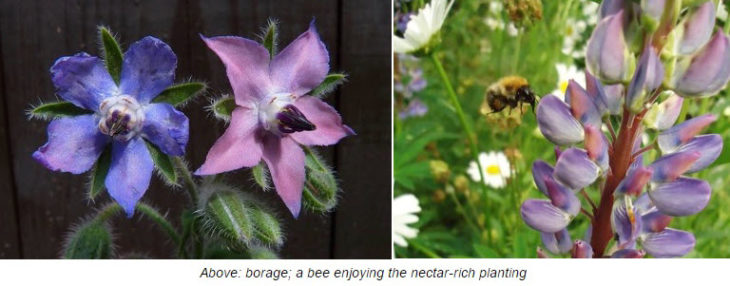
We also received some wonderful new ideas – such as the organisation of a plant-swap opportunity, to keep the cost of buying and growing wildlife friendly plants as low as possible. We even met a local poet who hopes to organise a summer poetry competition on themes related to the work of Felixstowe’s Community Nature Reserve. The benefit to that poet, Tim Gardiner, is that we raise the profile of his work. The benefit to us is that our profile is raised through its association with the poetry competition. Overall, awareness is raised about wildlife-friendly gardening.
Spread the message
The most important lesson which we can offer other groups who may wish to start their own community nature reserve is to listen to as many local people as possible. Be patient. Don’t rush into the Facebook phase until your local community feels comfortable with what you plan to do.
The next lesson is to keep listening, so fresh new ideas from the community can be fed into the Facebook page and other social media as often as possible. We like to use Streetlife.com because it’s a great way to get discussions going among local people who otherwise might not get involved in community engagement.

Finally, we recommend that you use as many different types of local media to spread the message about what you’re trying to achieve. To give you some idea about our media work, we have so far used Facebook, Streetlife.com, Linkedin (including multiple Linkedin posts), three local magazines, our community radio and TV station, BBC Radio Suffolk and Twitter.
We hope other communities will be inspired to take responsibility for their local conservation in a way where everyone can get involved.
Written by Dr Adrian Cooper who is the founder of Felixstowe Community Nature Reserve. He is also author of Sacred Mountains: Ancient Wisdom and Modern Meanings, and a Fellow of the Royal Geographical Society.
